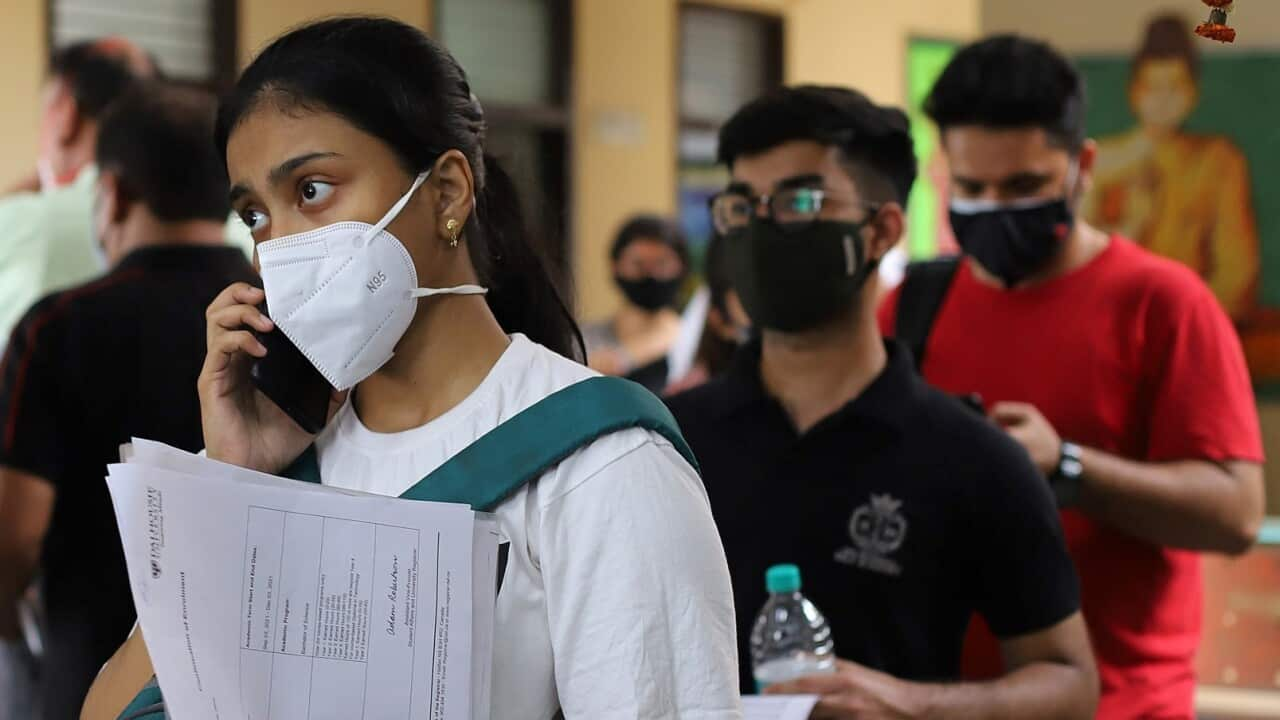Highlights
- Australia enhances diplomatic presence at its Consulate-General in Bengaluru
- Indian High Commissioner Manpreet Vohra said both countries are negotiating a bilateral trade agreement
- India and Australia elevated their relationship to a comprehensive strategic partnership in 2020
Federal Treasurer Josh Frydenberg on Thursday presented the Mid-Year Economic and Fiscal Outlook (MYEFO) for 2021-22.
The mid-year budget update revealed that the federal government will provide $36.6 million over five years from 2021-22 (and
$5.2 million per year ongoing) for initiatives to support the CSP with India.
These initiatives include expanding diplomatic presence at the Australian Consulate-General in Bengaluru and setting up a centre for excellence for critical and emerging technology policy. The federal government said it wants to deepen engagement with India and maximise opportunities for Australian industry in a key commercial hub and support an open, inclusive and resilient Indo-Pacific.
The federal government said it wants to deepen engagement with India and maximise opportunities for Australian industry in a key commercial hub and support an open, inclusive and resilient Indo-Pacific.

Indian High Commissioner to Australia Manpreet Vohra. Source: Sahil Makkar
Australia and India had upgraded their bilateral strategic partnership (2009) to a CSP at the India-Australia Leaders' Virtual Summit on 4 June 2020.
Indian High Commissioner to Australia Manpreet Vohra said it's a significant relationship between the countries and boosted by rapidly-expanding people-to-people links.
"The elevation of the relations to the CSP in June 2020, as also various geopolitical and geoeconomic shifts, have opened up new opportunities and areas of collaboration, and the two sides have announced several new initiatives," Mr Vohra told SBS Hindi.
Some of these naturally require additional resources and an increase in funding
Mr Vohra said both countries are working on a comprehensive economic cooperation agreement (CECA), and 'negotiations have intensified in recent weeks to reach a satisfactory interim trade agreement'.
Two-way trade in goods and services has grown in value from $13.6 billion in 2007 to $24.3 billion in 2020, according to the Australian Department of Foreign Affairs and Trade.
Professor Shamit Saggar, Director of the University of Western Australia Public Policy Institute, said the Australian government is alive to the substantial economic relevance of the Indian economy ahead.
"To take advantage of this, Australia will have to develop its capacity at all levels, and these allotted funds begin to do that. Those ties will be advanced as a result, recognising the uncertain security horizon in the region," Professor Saggar told SBS Hindi. Professor Saggar said CSP is chiefly a statement of intent so that businesses in both countries could look to the future with some confidence.
Professor Saggar said CSP is chiefly a statement of intent so that businesses in both countries could look to the future with some confidence.

Shamit Saggar is the Director of the Public Policy Institute, University of Western Australia. Source: Supplied by UWA
"Remember that the main free trade agreement - the Australia-India comprehensive economic cooperation agreement - has yet to be completed, and this heralds a major uplift in the future trading relationship between them," he said.
Australia and India started negotiating for a CECA in May 2011. They held nine rounds of negotiations before suspending it in September 2015, pending the outcome of other multilateral regional negotiations.
Australian Prime Minister Scott Morrison and Indian Prime Minister Narendra Modi decided to re-engage on a bilateral CECA when they elevated the relationship to CSP in June 2020.
On 30 September 2021, Australian Minister for Trade, Tourism and Investment Dan Tehan and Indian Commerce and Industry Minister Piyush Goyal formally re-launched CECA negotiations.
Both countries decided to reach an interim agreement by December 2021 and conclude the negotiations on a full CECA by 2022.



